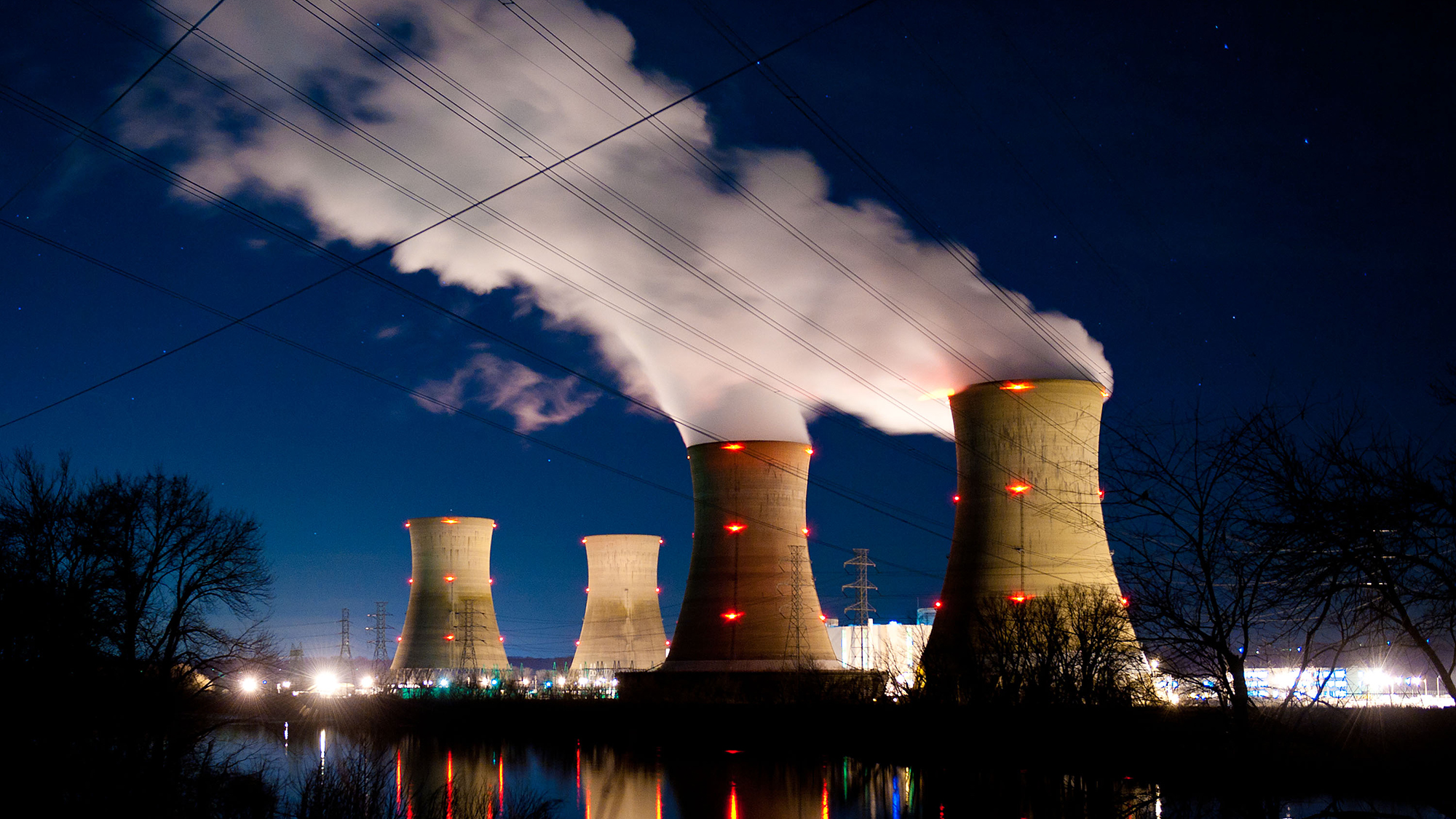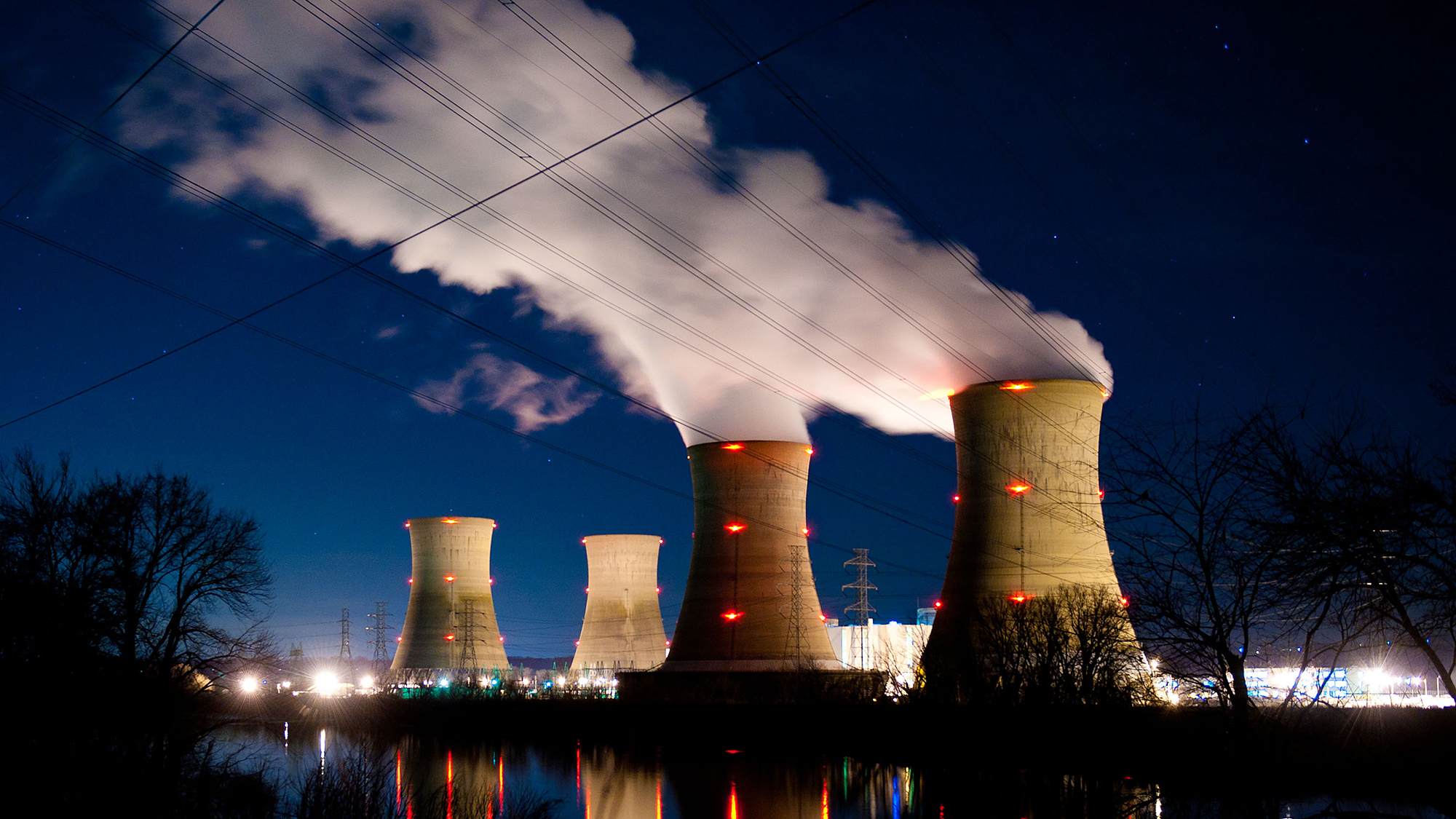
Power-hungry generative AI models are quickly making Big Tech sizable energy requirements even more demanding and forcing companies to seek out energy from unlikely places. While Meta and Google are exploring modern geothermal tech and other newer experimental energy sources, Microsoft is stepping back in time. This week, the company signed a 20-year-deal to source energy from the storied Three Mile Island nuclear facility in Pennsylvania, a site once known for the worst reactor accident in US history. If successful, the effort would breathe life back into the iconic symbol of US nuclear power and potentially provide Microsoft with around 800 megawatts of clean-burning energy to help satiate its growing energy appetite.
“This agreement is a major milestone in Microsoft’s efforts to help decarbonize the grid in support of our commitment to become carbon negative,” Microsoft VP of Energy Bobby Hollis, said in a statement.
Three Mile Island, located around two hours west of Philadelphia, altered the trajectory of US nuclear power adoption 45 years ago. Before sunrise on March 28, 1979, the facility’s Unit 2 reactors partially melted down, releasing some radioactive gas into the air sending the nearby area into a panic. While there were no recorded deaths following the meltdown, the incident dealt lasting damage to the public perception of nuclear energy. Now, many environmental scientists and researchers argue the backlash may have been overblown. Nuclear is considered a clean energy source since it does not create greenhouse gas emissions (though it does create nuclear waste). It’s also more dependable than renewables like solar and wind. That always-on availability is attractive for tech companies like Microsoft that will need all the power they can muster to keep their data center running and properly cooled.
The comeback
The nuclear facility at Three Mile Island continued to operate for decades after the 1979 incident. It finally went offline five years ago, not for any safety issue, but due to economic headwinds. Electricity provider Constellation spent the past 20 months inspecting the dormant facility to determine whether or not they could make it a viable energy producer once more. They believe they can, but at some cost. In a press release, Constellation said it plans to spend $1.6 billion of its own funds to revive the plant, with investments going towards replacing Unit 1’s main transformer as well as restoring turbines and cooling systems. The Washington Post notes this would mark the first time a US nuclear power plant has come back online after being decommissioned and the first time a single customer would purchase the entirety of its energy output.
When all is said and done, Constellation believes the new and improved Three Mile Island facility could employ 600 on-site workers and generate 835 megawatts of power fed into the grid. The New York Times estimates that’s roughly enough energy to power 700,000 homes. Constellation also plans to rename the facility Crane Clean Energy Center after the company’s late CEO Chris Crane. The plant could start operating as early as 2028, pending regulatory approval from the U.S. Nuclear Regulatory Commission.
“Before it was prematurely shuttered due to poor economics, this plant was among the safest and most reliable nuclear plants on the grid, and we look forward to bringing it back with a new name and a renewed mission to serve as an economic engine for Pennsylvania,” Constellation president and CEO Joe Dominguez said in a statement.
Tech companies need more clean energy to power future AI
For Mirosoft, the agreement presents an opportunity for the company to tap into a new energy source to help it meet its growing electric demands. Like some of its competitors, Microsoft has pledged to achieve zero canon emissions and be carbon negative by 2030. The race for generative AI supremacy, however, puts that goal in jeopardy. A Goldman Sachs forecast recently estimates one ChatGPT query requires around 10 times as much electricity as a Google search. Overall, energy needed to power emerging generative AI image and video models like OpenAI’s Sora, according to that same report “have no precedent.” Some reports suggest the massive data centers housing these AI models could account for over 9% the country’s overall energy demand by 2030.
Experts speaking previously with Popular Science doubt existing renewable sources like solar and wind can generate enough power fast enough to meet all that new demand. The Goldman Sachs forecast mentioned above estimates that, at current energy projections, fossil fuel sources might make up more than half (60%) of energy used to meet coming data center demands. That dirty energy dilemma has caused tech companies to get creative. Both Meta and Google are investing in nearer geothermal energy startups. Amazon, which has put its weight behind Anthropic AI, recently announced an energy agreement with Talen Energy to purchase energy from its Susquehanna, Pennsylvania nuclear plant. Microsoft founder and former CEO Bill Gates has also invested billions into smaller, more experimental nuclear reactors across the country.
AI gives nuclear a needed jolt
Microsoft’s turn toward nuclear comes amidst an apparent shifting of attitudes towards the once criticized energy source. More than half (57%) of Pennsylvania residents surveyed by a local polling firm this year said they would support reopening Three Mile Island. Nationally, 56% of US adults polled by the Pew Research center said they supported nuclear energy, a figure up sharply from 43% just four years ago. Last year, California lawmakers abruptly reversed a decision to close down the Diablo Canyon Power Plant. Meanwhile the federal government and the state of Michigan are reportedly spending $2 billion to reopen the Palisades nuclear reactor. The mix of shifting perceptions around nuclear and the tech industry’s sudden need for new energy have potentially put US nuclear energy in one of its most promising positions in recent years.

